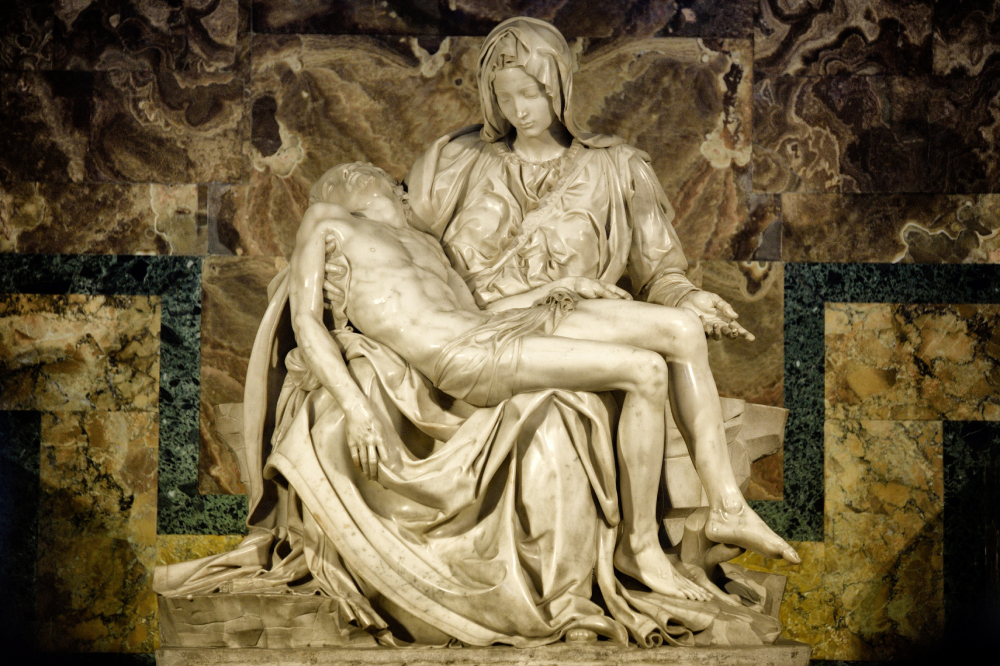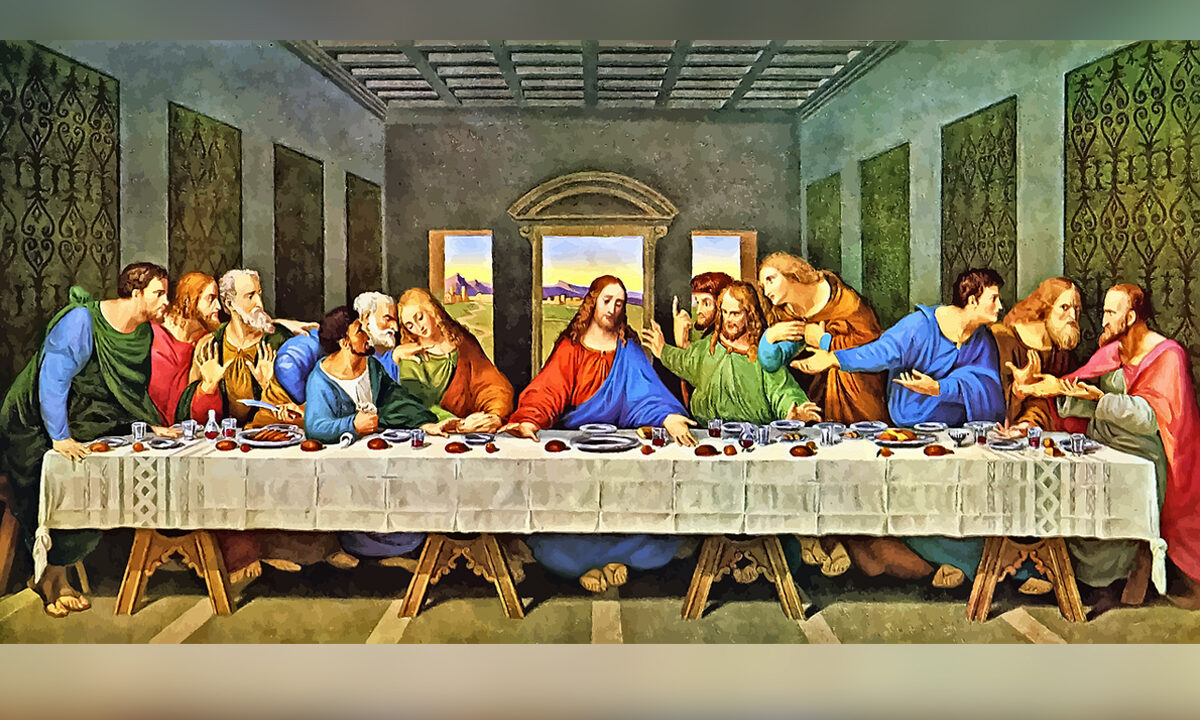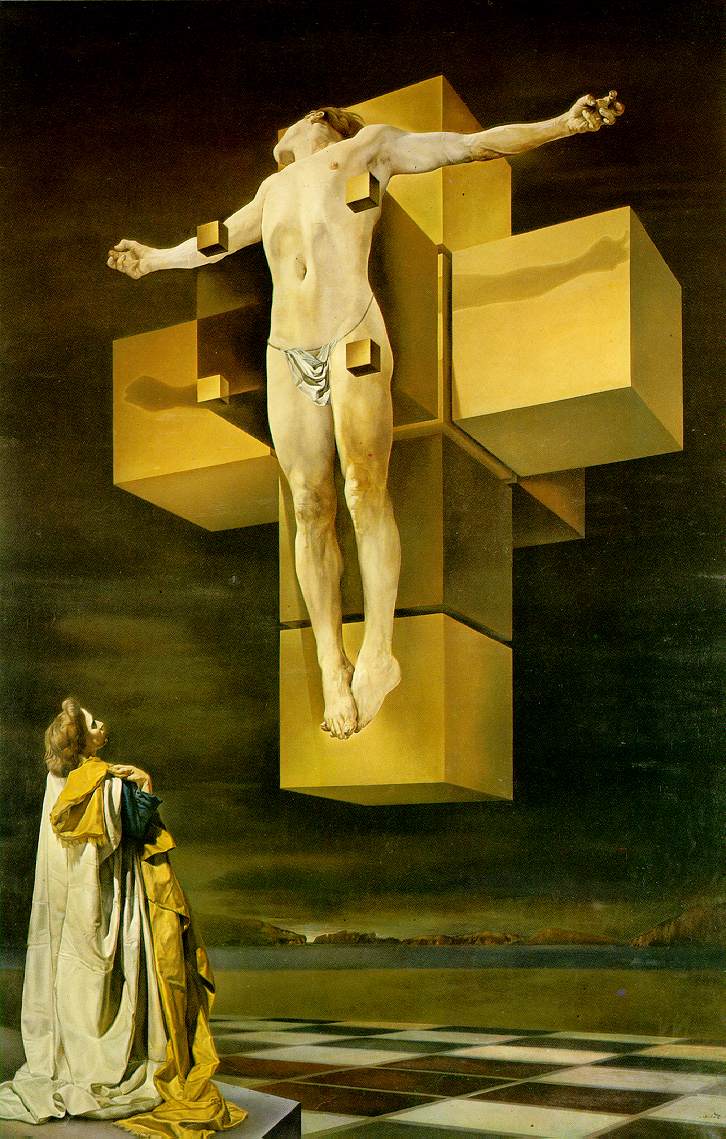
The history of art and Easter in 5 paintings
Easter is one of the most important celebrations of Christianity, commemorating the passion, death and resurrection of Jesus Christ. Throughout history, many artists have depicted in their works the different episodes of this event, from the triumphal entry of Jesus into Jerusalem to his ascension to heaven.
In this article, we will review some of the most outstanding pictorial works related to Holy Week, and we will see how they were inspired by the sacred art and popular traditions of each time and place. In addition, we will mention some examples of works that can be admired in museums as prestigious as the Prado Museum, the Louvre or the Musée d'Orsay.
Entry into Jerusalem, by Giotto di Bondone
This fresco painting is part of the Scrovegni Chapel in Padua, and depicts the moment when Jesus arrives in Jerusalem on a donkey, acclaimed by the crowd offering him olive branches and palms. Giotto was one of the precursors of the Italian Renaissance, and was characterized by giving realism and expressiveness to his characters, as well as creating a linear perspective that gives depth to the space. In this work, one can appreciate the contrast between the serenity of Jesus, who blesses the people, and the movement and emotion of those who receive him.

The Last Supper, by Leonardo da Vinci
This is one of the most famous mural paintings in history, found in the Dominican convent of Santa Maria delle Grazie in Milan. Leonardo captured the moment in which Jesus announces to the apostles that one of them is going to betray him, and captured the different individual reactions of each of them to the news. The work stands out for its construction in perspective, which converges all the vanishing points in Jesus, located in the center. Also striking is the use of chiaroscuro and sfumato, techniques that create contrasts of light and shadow and blur the contours.

The Crucifixion, by Salvador Dalí
The surrealist painter gave a twist to the theme of the crucifixion, depicting Jesus seen from above, without nails or blood, on a dark background and with a three-dimensional cross. Dalí was inspired by a 16th century mathematical drawing showing an unfolded hypercube, a geometric figure that has four dimensions. With this work, the artist wanted to express his mystical and scientific vision of religion, as well as his admiration for the figure of Christ.

The Descent from the Cross, by Rogier van der Weyden
This masterpiece of Flemish art can be seen in the Prado Museum in Madrid. The painter depicted the moment when the lifeless body of Jesus is taken down from the cross by Joseph of Arimathea and Nicodemus, while Mary Magdalene kisses his hand and the Virgin faints embraced by St. John. The scene is full of drama and emotion, reflected in the gestures and looks of the characters. Intense coloring and meticulous detail are other characteristics of this painting.

The Pietà, by Michelangelo Buonarroti
This marble sculpture is located in St. Peter's Basilica in the Vatican, and is one of the most admired works of the Italian Renaissance. Michelangelo sculpted the Madonna holding the inert body of her son with a serene and resigned expression. The work stands out for its compositional balance, idealized beauty and technical perfection. The artist succeeded in transmitting great delicacy and harmony in the forms.

In conclusion, Holy Week is a celebration with a rich history and tradition, which has inspired many artists over the centuries. The pictorial works we have reviewed are just a few examples of the variety of artistic representations that exist on this theme, each with its own interpretation and style. Through these works, we can appreciate the skill and mastery of the artists in the creation of images that reflect both religious devotion as well as technique and aesthetics.
In short, Holy Week continues to be a source of inspiration and reflection for many, both believers and non-believers alike. The creativity and passion manifested in these works of art are a testament to the human capacity to seek beauty and transcendence in the world around us, and to express our vision of the world through art.
If you are interested in the subject we recommend our collection of books Grand Museums. In it you will find information on some of the works exhibited here, such as the case of 'El Descendimiento', collected in El Prado Guía de Arte, an essential artistic guide to discover and learn the essentials of the greatest works, artists and styles in the Prado Museum.
Buy it here: https://www.amazon.es/dp/841894336X/
